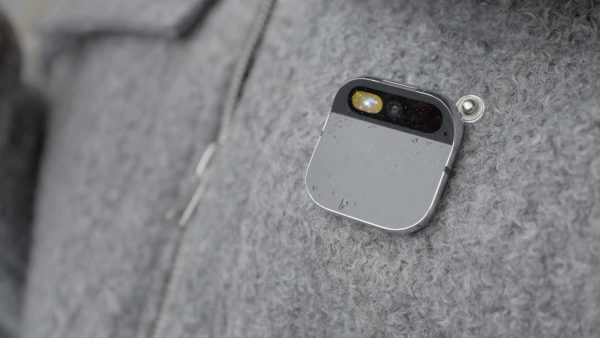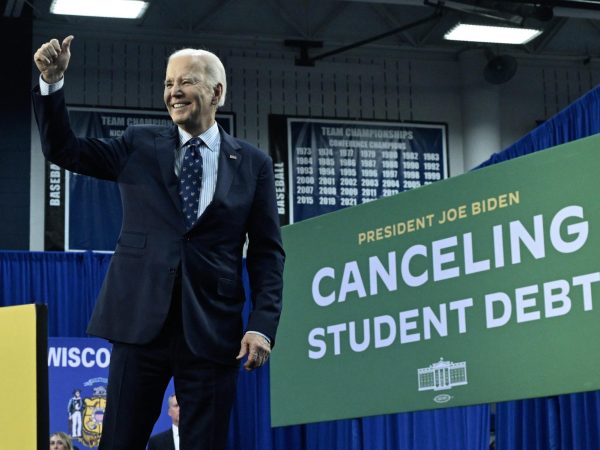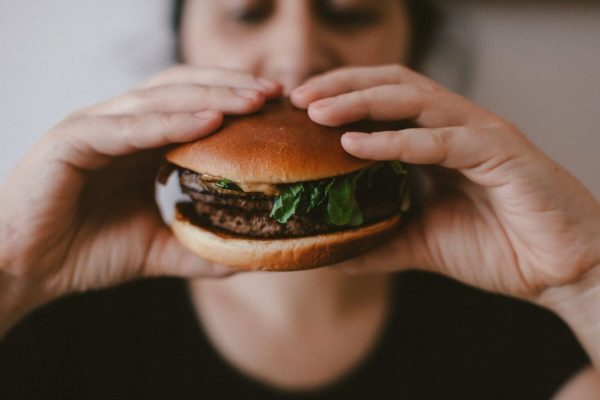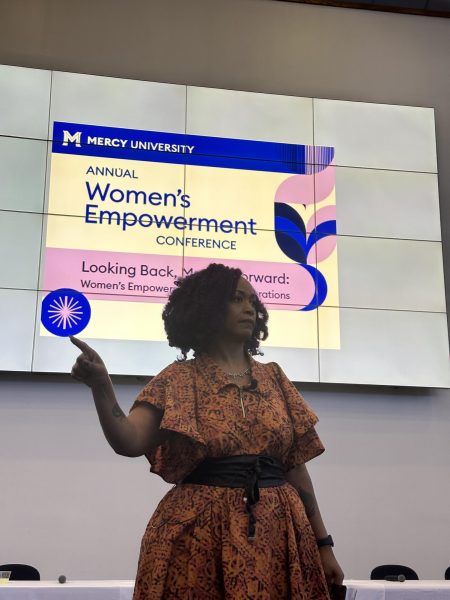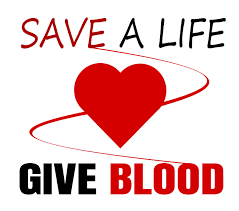Snapchat Marketing Increases Clientele for Plastic Surgeons

On average, 68 percent of adults aged 18-29 use Snapchat daily, according to Pew Research. With the new age of social media, millennials are showcasing every minute of their lives through daily posts.
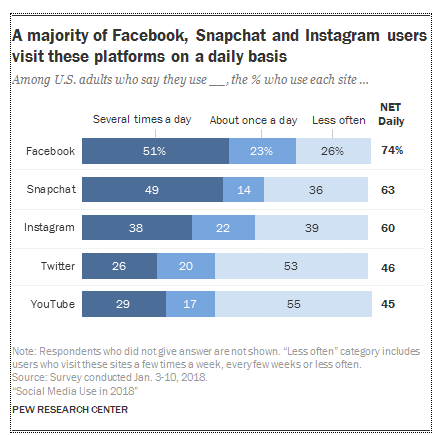
Many companies like YouTube, Instagram, and Twitter are morphing into platforms that businesses wish to advertise on because of the high influx of users. Doctors, specifically plastic surgeons, are now turning to Snapchat as a form of not only marketing for their brand but educating America’s future medical professionals.
This new trend has shaken the squeamish audience of Snapchat but has allowed board certified plastic surgeons a chance expose the many elements of surgery that have not yet been tainted with before the rise of social media platforms.
A highly known plastic surgeon, recognized as Dr. Miami, started this trend in 2014 that shows no sign of stopping. Many physicians, such as the Real Dr. New York, Dr. Dallas, and Dr. Scottsdale, are some of the many that are also divulging in the crimson trend.
Michael Salzhauer, aka Dr. Miami, was the first doctor to gain high recognition for his multiple 10-second videos. He is now the go-to surgeon for celebrities and has recently gained the attention of Teen Mom 2 stars Kailyn Lowry and Briana DeJesus.
With the help of his high profile clients, he even jumpstarted a television show on WETV last March which was planned to showcase pretty much what his Snapchat videos do, having viewers follow his day in the medical office. Though his body transformations were greatly acclaimed on Snapchat, there has yet to be a second season announced.
In the meantime, Salzhauer continues to post various body enhancement clips, Monday through Friday. Known for blasting hip-hop music in the operating room, and talking his viewers through each motion, Salzhauer takes his audience through his day of tummy tucks, breast augmentations, and butt lifts.
Senior Camryn Clemens has never heard of this trend but believes it can be fairly graphic for the average person.
“I wouldn’t watch it myself, but it definitely works as a mean of education,” expressed Clemens.
With more doctors focusing in this direction, their following will only continue to grow.
“Doctors should be more transparent, they’ll not only be keeping up with the times but future patients will feel a lot better seeing their doctor performing the exact procedure they need to get done,” stated Clemens.
Education seems to be the most significant premise as to why this movement is progressing, and Clemens feels this would be much better applied to students in medical school, so they can be given direct examples to improve their own actions.
Clemens’ focus as finance major has allowed her to openly study modules of marketing at her internships. She feels it would be a much wiser decision if doctors’ altered their preferred method of streaming to Facebook Live or Instagram Live as watching continuous Snapchat videos tend to take up a lengthy amount of time.
“I remember watching an episode of Grey’s Anatomy, where they were live tweeting during surgery so this is not surprising,” shared Clemens.
While Salzhauer is taking over Florida by storm, New York’s own, Alain Polynice, the Real Dr. New York is creating a Snapchat revolution on the upper East Coast.
Polynice, a plastic surgeon certified by the American Board of Plastic Surgery, works from a private practice known as Williams Plastic Surgery Specialists, located upstate in Albany.
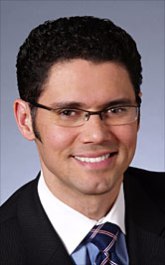
He specializes in the breast and body, and commonly documents his procedures such as breast sculpting, breast reconstruction, liposuction contouring, abdominoplasty (tummy tuck), and body contouring for men.
Polynice began his journey on Snapchat in October of last year and credits a meeting with Dr. Miami as the start of his newfound exploration.
“He’s very theatrical so to speak, so he really helped me figure out how to keep an audience captivated and use the medium to the fullest,” explained Polynice.
Although he learned many guidelines from Salzhauer, he believes all surgeons involved, including himself, all approach topics differently, express distinct demonstrations and have unique personalities.
Polynice has been active on social media with his work through Youtube and Facebook for the past four to five years but believes Snapchat is a more direct medium.
Polynice’s attentiveness to viewers’ questions or concerns is what makes him that rare percentage of physicians who directly interact with possible patients.
“Not a lot of physicians respond and most of the time I receive messages almost immediately after I post, which helps individuals ask questions directly pertinent to what they’re thinking,” expressed Polynice.
Polynice usually posts a few 10,20 to 30-second clips of procedures that are usually four to five hours long. Himself along with a personal social media employee thoroughly review each clip after the recorded surgery and then post each one. He takes censorship very seriously as it is easy for an account to get reported, but Snapchat allows for sensitive posts as long as it is for educational purposes and not an ill-fated matter like pornography.
Each physician in the practice has their own specified employee to handle their social media accounts, such as Facebook, Instagram, and YouTube, along with Snapchat. The practice also consists of cosmetic surgeons. Although Polynice controls his account directly when giving his morning greetings or showcasing before and after images, most of the time there is a specific person that solely deals with recording objectives.
Aside from verbal consent, Polynice always needs the patient to have written consent through a printed arrangement. Such documents specify what exact body parts are going to be shown, and to ultimately protect the patient’s identity so they remain anonymous, besides slight remarks such as gender or age for medical examples.
Consent in both forms in necessary to the largest extent, because patients still may not want to participate even though their face and genital areas aren’t going to be shown. Polynice also puts emphasis on the fact that although a patient may agree to be recorded during one procedure, if they return for another he needs to begin the documented process again to ensure the individual still has the same wishes this time around.
“The key thing is to be respectful, the patient is trusting you with their life,” Polynice indicated.
His following is said to be growing over time and he receives 1600-1800 views per day on Snapchat. Also, 40-50 percent of his patients come from out of town, or even out of the country. Polynice’s proficiency in the French and Spanish languages come into play when encountering outside travelers.
Despite Polynice’s ability to educate hopefuls, he compares this to a second job.
” It keeps everyone on their toes, similar to police officers with body cameras. You have to be aware at all times, no insensitive jokes,” Polynice revealed.
Before daily snapping, Polynice always deemed himself as a private person.
“You wouldn’t have seen my personal life on social media at all. This definitely something I have not thought of doing in the past, but it’s important to communicate with your audience,” Polynice admitted.
Polynice ties his moments of enjoyability to the times he communicates with other doctors doing the same thing, whether its asking or answering questions, he hopes more doctors become aware to the changes that are happening, to create a comfortable “snap community.”
Dr. Polynice can be found on Snapchat under the name @realdrnewyork, and on Instagram @therealdrny.
https://www.instagram.com/p/BgtScnzn7iQ/?taken-by=therealdrny
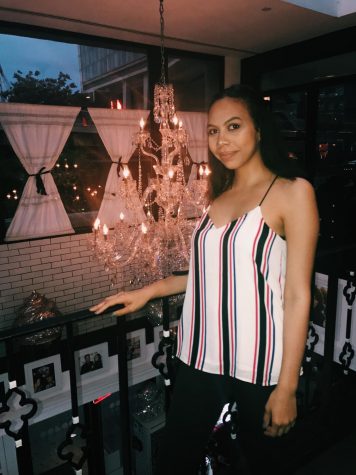
Nicole is from The Bronx and is a journalism major at Mercy College. Her hobbies include discovering new places to eat on a budget, photography, listening...







